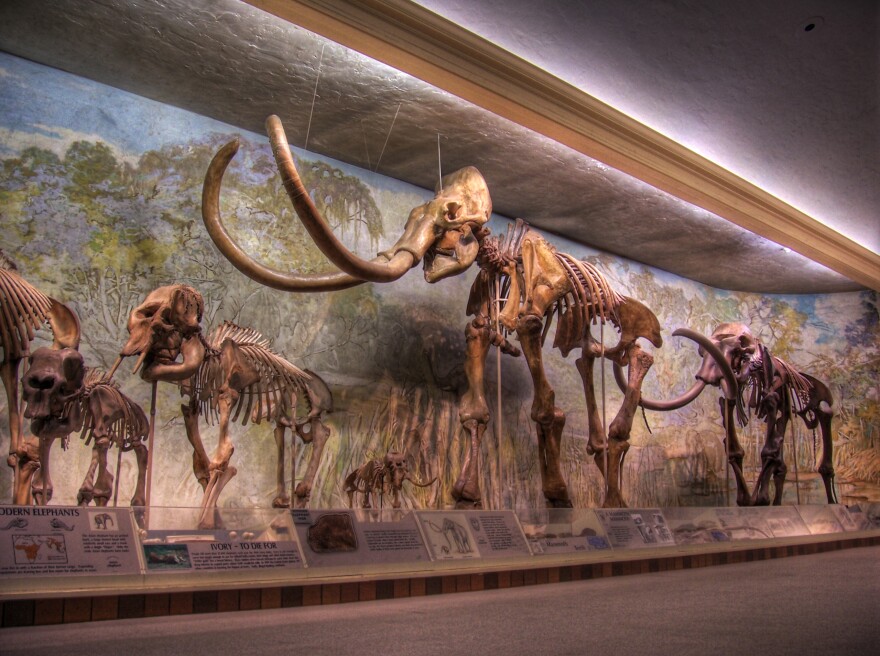For the first time in decades, scientists are excavating fossils from an 80-foot-deep cave in North Central Wyoming.
The cave is called “Natural Trap Cave,” because it’s become the final resting place for countless animals in past centuries—including many now-extinct ones like mammoths, short-faced bears, and American lions.
Julie Meachen is a paleontologist at Des Moines University. She’ll rappel into the cave with a team of 15 others.
“A lot of the crew members that are coming are not really spelunkers—we’re not cavers,” Meachen said. “So, the biggest challenge I would say is getting all of these people properly trained in caving safety and getting in and out of the cave.”
Meachen says the site in Wyoming is not common.
“This cave is actually pretty unique,” Meachen said. “Because the cave is so deep, the fossils are always kept cold and moist, and so, it’s actually a very good spot for preserving ancient DNA and keeping these bones very pristine."
The only sites with this level of preservation, Meachen says, are up north in the Arctic and Siberia.
Her group hopes to analyze the fossils to learn more about the Pleistocene extinction—which some think may have been caused by hunting or global climate change.
She will be working at Natural Trap Cave for the next two weeks.







